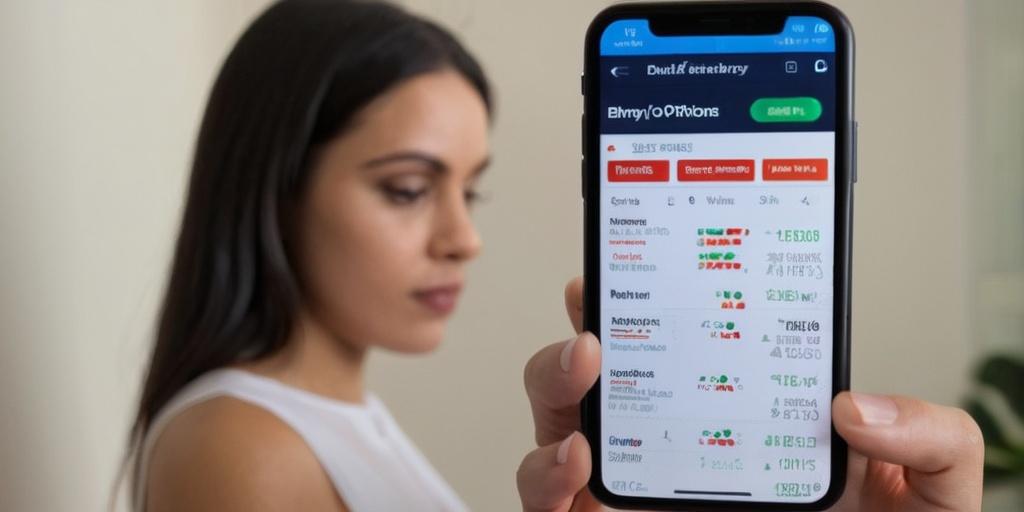Key Take Aways About Momentum Trading
- Momentum trading focuses on price movement trends rather than company fundamentals.
- Relies on technical indicators like RSI, MACD, and volume to identify trends and entry/exit points.
- High-risk strategy, requiring precise timing to capitalize on trends before reversals.
- Strategies include breakout trading and trend following, with risk management essential.
- Suitable for those comfortable with rapid market changes and who have a clear trading plan.

Understanding Momentum Trading
Momentum trading might just be the caffeine of the stock market, jolting traders awake with its fast-paced action. It’s all about riding the wave of a stock’s price movement. When a stock’s price gets a head of steam, momentum traders jump on, hoping to catch the rise or fall before it loses its puff.
Momentum trading doesn’t care much for a company’s fundamentals. Instead, it takes its cues from price charts and market sentiment. It’s the art of spotting trends, whether upward or downward, and leaping into the fray. Is it risky? Sure, but it’s also a rush, promising potentially lucrative returns if you get the timing right.
The Mechanics of Momentum Trading
In essence, momentum trading relies on the belief that trends persist, at least for a while. When traders spot a stock on the move, they aim to buy if it’s climbing or short-sell if it’s plummeting. The goal? Get in before the peak or trough, ride the momentum, and exit just before the trend reverses.
Momentum traders often rely on technical indicators. The Relative Strength Index (RSI), Moving Average Convergence Divergence (MACD), and volume are their bread and butter. These tools help identify potential entry and exit points, giving traders a sense of when the party might be over.
Technical Indicators You Might Use
- Relative Strength Index (RSI): Measures the speed and change of price movements. An RSI above 70 might suggest a stock is overbought, while below 30 could imply oversold conditions.
- Moving Average Convergence Divergence (MACD): This indicator tracks changes in stock price momentum, with crossovers often signaling bullish or bearish moves.
- Volume: This is the number of shares traded in a given period. High volume can validate a price move, making it a critical factor in assessing momentum.
Risks and Rewards
Momentum trading isn’t for the faint-hearted. It’s a bit like dancing on a tightrope—with a potential safety net of profits if timed correctly. But the risk of falling is ever-present. The emotions of the market can shift quickly, and unforeseen news can turn a winning trade into a losing one in the blink of an eye.
Yet, for those who master it, momentum trading offers a shot at high returns. Think about the traders who caught the wave during tech booms or cryptocurrency surges. It’s not always about the financial reports or earnings seasons. Sometimes, it’s just about the market’s mood and seizing the moment.
Personal Touch: A Story of Momentum
A buddy of mine, let’s call him Dave, once jumped into a biotech stock that was on everyone’s radar. The company had announced a breakthrough in research, and its stock was already on a tear. Dave caught the wave early thanks to a tip-off from a technical chart. He hung on for dear life as the stock reached new heights. The surge was swift, but so was the descent. When the initial excitement faded, Dave, having learned the hard way in the past, pulled out before the momentum stalled, pocketing a tidy profit.
Strategies That Matter
Momentum trading strategies aren’t just about picking the right stock but also about having a clear plan for entering and exiting positions. You can try following:
- Breakout Trading: Here, you buy stocks that are breaking through key resistance levels or short-sell those that are breaking support levels. Be quick, as breakouts can sometimes be false signals.
- Trend Following: Just like a hound on a scent, you track and follow existing trends. Enter long positions in stocks that are showing upward momentum, and vice versa for downward trends.
Proper risk management and setting stop-loss orders are crucial. If your hunch doesn’t pan out, these tools help limit your losses, keeping you in the game for the next potential opportunity.
Final Thoughts
Momentum trading is an adrenaline rush, blending strategy with instinct. It takes guts to jump into a fast-moving market, but when done right, it can be rewarding. Whether you’re a rookie or seasoned trader, understanding the pulse of the market, and having a plan is crucial. If you’re ready to embrace the ups and downs, momentum trading might be your cup of tea. Or perhaps, your triple espresso.